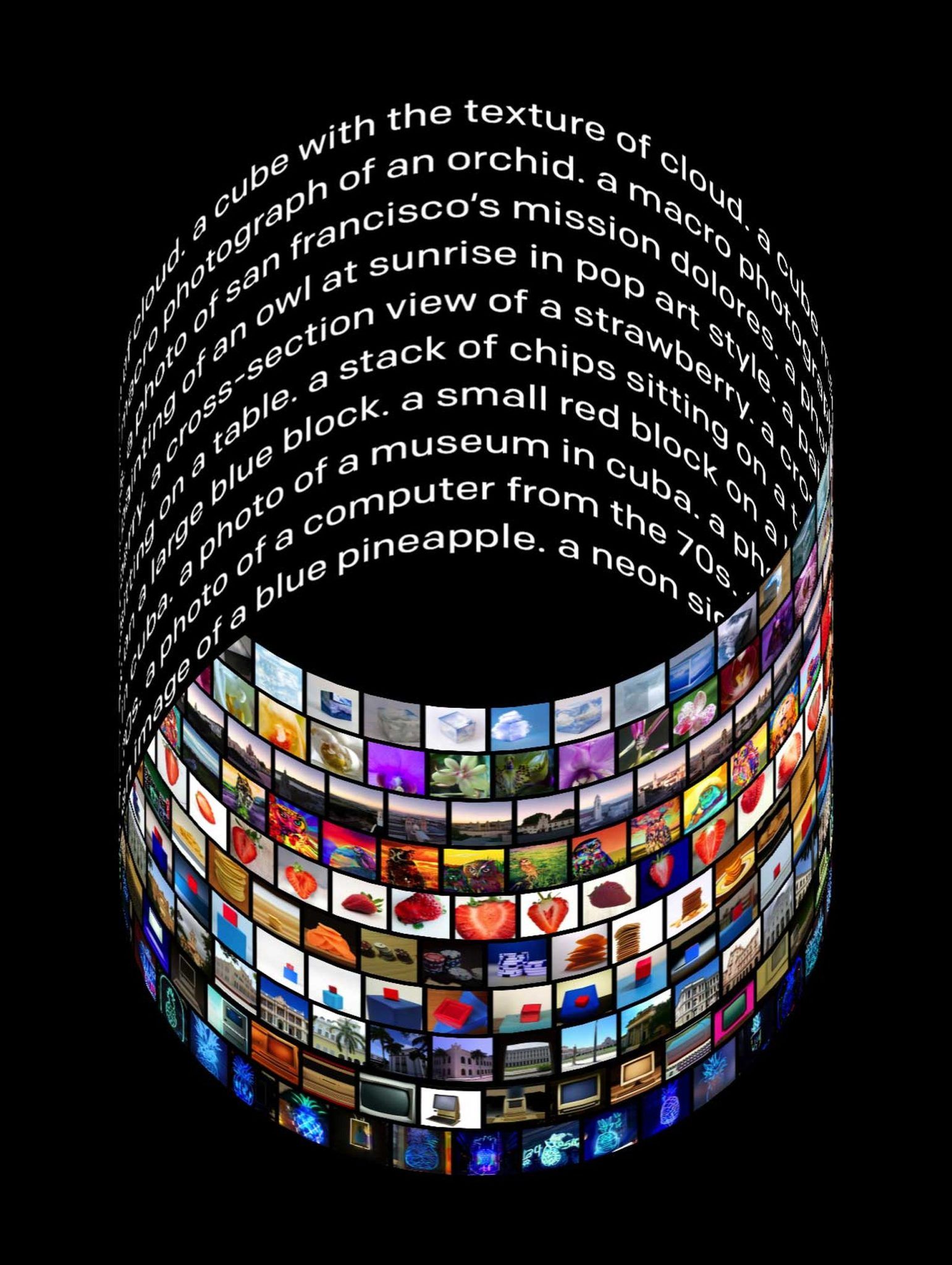
If you want images that look like actual photographs, it’ll produce six life-like images. It can also mimic specific styles with remarkable accuracy. The most recent text-to-image systems often produce dreamy, fantastical imagery that can be delightful but rarely looks real.ĭALL-E 2 offers a significant leap in the quality and realism of the images. Many of these artworks have distinctive qualities that almost look like real images, but with odd distortions of space – a sort of cyberpunk Cubism. Over the past few years, a small community of artists have been using neural network algorithms to produce art. While the algorithm did not quite grasp “Devo hat” – the strange helmets worn by the New Wave band Devo – the headgear in the images it produced came close.
OPENAI DALLE PRODUCES FANTASTICAL IMAGES YOU PROFESSIONAL
Nearly all of them could plausibly pass for professional photographs or drawings. (Until recently, the program produced 10 images per prompt.) For example, when some friends and I gave DALL-E 2 the text prompt “cats in devo hats,” it produced 10 images that came in different styles. Using DALL-E 2 looks a lot like searching for an image on the web: you type in a short phrase into a text box, and it gives back six images.īut instead of being culled from the web, the program creates six brand-new images, each of which reflect some version of the entered phrase. They gathered some of the images online and licensed others. OpenAI researchers built DALL-E 2 from an enormous collection of images with captions. It also raises questions about what it means to be creative when DALL-E 2 seems to automate so much of the creative process itself.

It raises immediate questions about how these technologies will change how art is made and consumed. After hours of experimentation, it’s clear that DALL-E – while not without shortcomings – is leaps and bounds ahead of existing image generation technology. As a researcher studying the nexus of technology and art, I was keen to see how well the program worked.


 0 kommentar(er)
0 kommentar(er)
